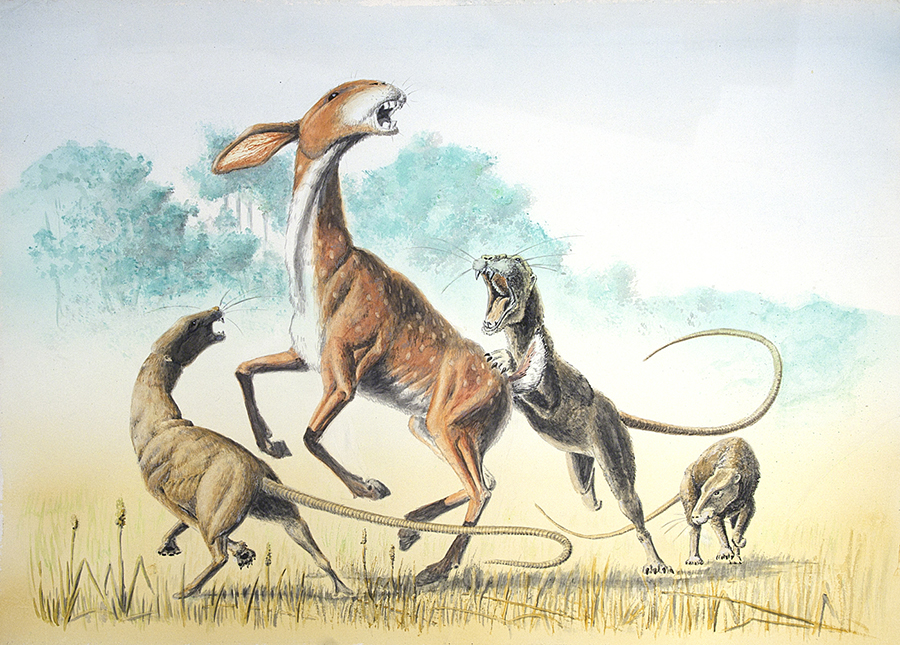
That process was not always easy, as Dougal explained in an interview with Darren Naish. These were originally done by professional artists and were based on sketches by Dougal. The middle part of the book describes animals using ecological zones as a guiding principle, but Dougal Dixon has made two changes to the illustrations. For instance, the old version states that early amphibians already had 5 toes on each foot, whereas the new version says that that pattern only emerged as the standard pattern after earlier experiments with other numbers.Ĭlick to enlarge copyright Dougal Dixon, with permission The introductory text has been updated in a few places, and these are indicated with a slightly different font, a nice touch for the bibliophiles among us. Even the page numbers match up perfectly. That heart consists of 90 pages filled with illustrations in full colour, printed in much better quality on glossy paper. These, printed on a somewhat coarse type of paper, enclose the heart of the book like slices of bread in a sandwich.

The new version faithfully copies the monochrome sections at the beginning and end of the book that explain basic concepts such as the nature of evolution. I still own the copy I bought in 1981 and could easily compare the two.


It is a facsimile edition of the 1981 version, but with some changes. It first appeared in 1981, so you may well wonder why I should choose to discuss a book everyone knows already, 37 years after its publication. The book 'After Man' is arguably the best-known book in Speculative Biology.


 0 kommentar(er)
0 kommentar(er)
